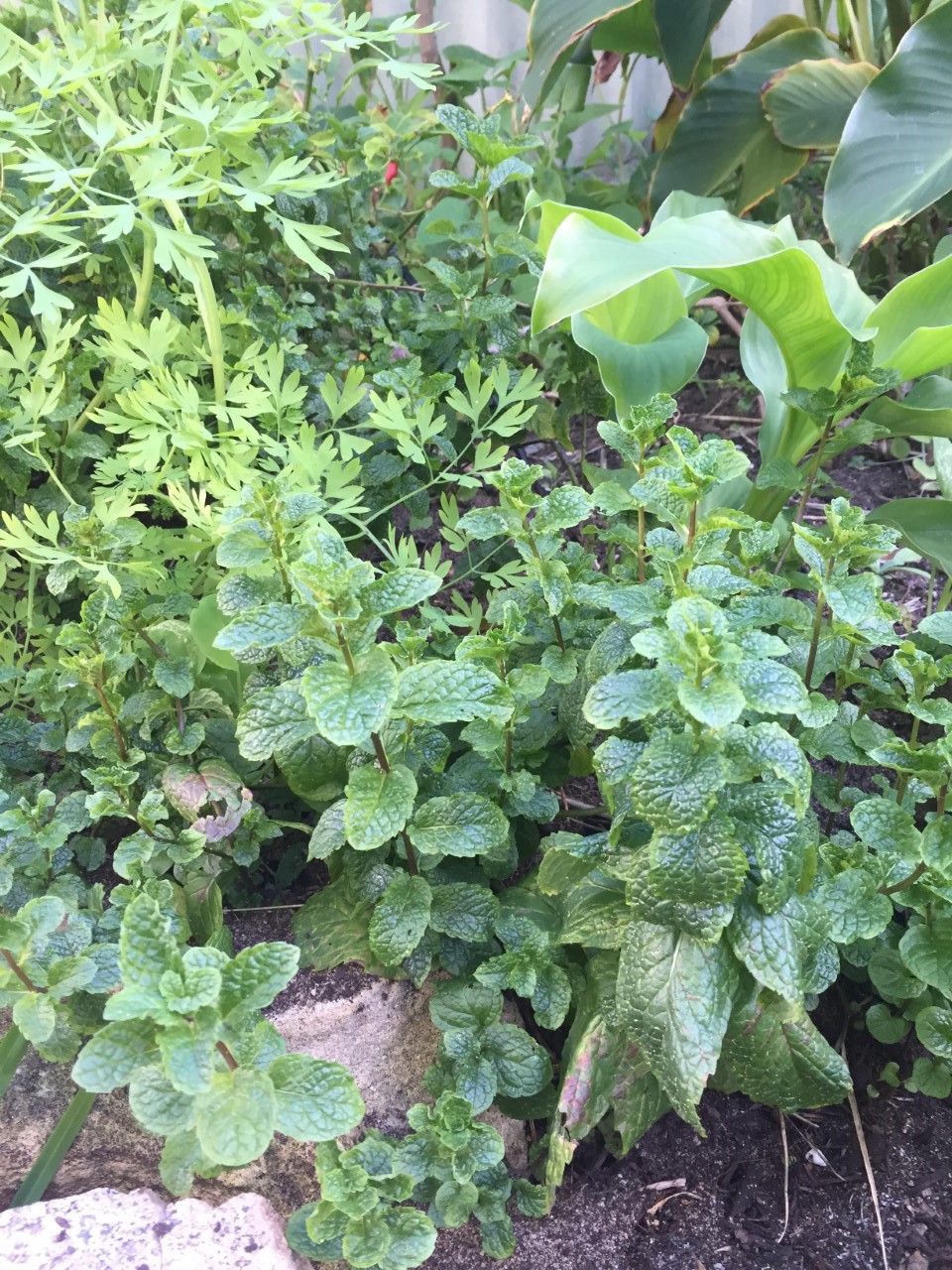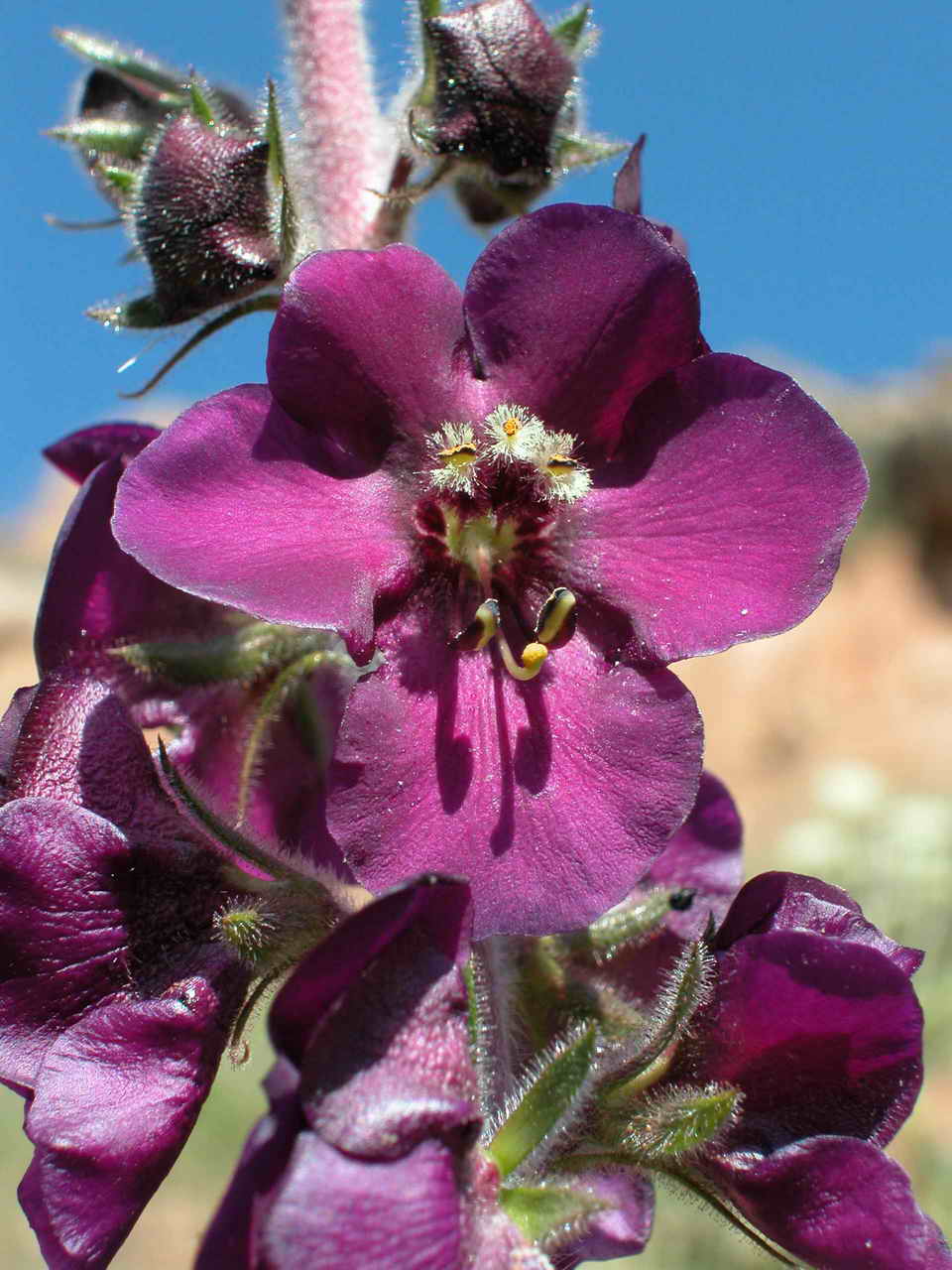|
Satureja Spicigera
''Satureja spicigera'', the creeping savory, is a species of flowering plant in the family Lamiaceae. It is native to northeastern Turkey, the Caucasus, and northwestern Iran. A perennial prostrate shrub, hardy in Hardiness zone, USDA zones 6 through 9, it is recommended as an edging plant for rock and herb gardens. Used as a culinary herb, both fresh and dried, its flavor is similar to winter savory, ''Satureja montana'', as it is stronger than summer savory, ''Satureja hortensis''. References Lamiaceae Herbs Flora of Turkey Flora of the Caucasus Flora of Iran Plants described in 1879 {{Lamiaceae-stub ... [...More Info...] [...Related Items...] OR: [Wikipedia] [Google] [Baidu] |
Karl Koch (botanist)
Karl Heinrich Emil Koch (6 June 1809 – 25 May 1879) was a German botanist. He is best known for his botanical explorations in the Caucasus region, including northeast Turkey. Most of his collections have today been lost. He is also known as the first professional horticultural officer in Germany. Biography He was born in Ettersburg near Weimar, Germany. He studied at the universities of Jena and Würzburg and taught, as privatdocent, at the University of Jena beginning 1834. He became an associate professor in 1836. He undertook a journey of research into southern Russia in 1836–38, and a second in 1843–44. The fruit of this second trip, in which he also visited Asia Minor, Great Armenia, the Caspian Sea, and the Caucasus Mountains,ADB:Koch, Karl In: [...More Info...] [...Related Items...] OR: [Wikipedia] [Google] [Baidu] |
Pierre Edmond Boissier
Pierre Edmond Boissier (25 May 1810 Geneva – 25 September 1885 Valeyres-sous-Rances) was a Swiss prominent botanist, explorer and mathematician. He was the son of Jacques Boissier (1784-1857) and Caroline Butini (1786-1836), daughter of Pierre Butini (1759-1838) a well-known physician and naturalist from Geneva. With his sister, Valérie Boissier (1813-1894), he received a strict education with lessons delivered in Italian and Latin. Edmond's interest in natural history stemmed from holidays in the company of his mother and his grandfather, Pierre Butini at Valeyres-sous-Rances. His hikes in the Jura and the Alps laid the foundation of his zest for later exploration and adventure. He attended a course at the Academy of Geneva given by Augustin Pyramus de Candolle. Edmond Boissier collected extensively in Europe, North Africa and western Asia, on occasion accompanied by his daughter, Caroline Barbey-Boissier (1847-1918) and her husband, William Barbey (1842-1914), who coll ... [...More Info...] [...Related Items...] OR: [Wikipedia] [Google] [Baidu] |
Lamiaceae
The Lamiaceae ( ) or Labiatae are a family of flowering plants commonly known as the mint, deadnettle or sage family. Many of the plants are aromatic in all parts and include widely used culinary herbs like basil, mint, rosemary, sage, savory, marjoram, oregano, hyssop, thyme, lavender, and perilla, as well as other medicinal herbs such as catnip, salvia, bee balm, wild dagga, and oriental motherwort. Some species are shrubs, trees (such as teak), or, rarely, vines. Many members of the family are widely cultivated, not only for their aromatic qualities, but also their ease of cultivation, since they are readily propagated by stem cuttings. Besides those grown for their edible leaves, some are grown for decorative foliage. Others are grown for seed, such as '' Salvia hispanica'' (chia), or for their edible tubers, such as '' Plectranthus edulis'', '' Plectranthus esculentus'', ''Plectranthus rotundifolius'', and ''Stachys affinis'' (Chinese artichoke). Many are al ... [...More Info...] [...Related Items...] OR: [Wikipedia] [Google] [Baidu] |
Caucasus
The Caucasus () or Caucasia (), is a region between the Black Sea and the Caspian Sea, mainly comprising Armenia, Azerbaijan, Georgia (country), Georgia, and parts of Southern Russia. The Caucasus Mountains, including the Greater Caucasus range, have historically been considered as a natural barrier between Eastern Europe and Western Asia. Mount Elbrus in Russia, Europe's highest mountain, is situated in the Western Caucasus. On the southern side, the Lesser Caucasus includes the Javakheti Plateau and the Armenian highlands, part of which is in Turkey. The Caucasus is divided into the North Caucasus and South Caucasus, although the Western Caucasus also exists as a distinct geographic space within the North Caucasus. The Greater Caucasus mountain range in the north is mostly shared by Russia and Georgia as well as the northernmost parts of Azerbaijan. The Lesser Caucasus mountain range in the south is occupied by several independent states, mostly by Armenia, Azerbaijan, and Ge ... [...More Info...] [...Related Items...] OR: [Wikipedia] [Google] [Baidu] |
Prostrate Shrub
A prostrate shrub is a woody plant, most of the branches of which lie upon or just above the ground, rather than being held erect as are the branches of most trees and shrubs. Background Prostration may occur because the supporting tissues in stems are not strong enough to support the weight of the plant, causing the plant to bend until it reaches the ground. Alternatively, it may occur because of a genetic disposition for branches to grow horizontally on or just under the ground; for example, as a strategy to avoid overly strong sunlight. Finally, environmental factors such as strong winds laden with sand or salt may tend to prune away erect branches, thereby creating a prostrate habit in plants that may not be predisposed to prostration. Ecology Prostrate shrubs are used in horticulture as groundcovers and in hanging baskets, and to bind soils and prevent erosion in remedial landscaping. They are also important components of rock gardens. The shrinking size of urban gardens ha ... [...More Info...] [...Related Items...] OR: [Wikipedia] [Google] [Baidu] |
Hardiness Zone
A hardiness zone is a geographic area defined as having a certain average annual minimum temperature, a factor relevant to the survival of many plants. In some systems other statistics are included in the calculations. The original and most widely used system, developed by the United States Department of Agriculture (USDA) as a rough guide for landscaping and gardening, defines 13 zones by long-term average annual extreme minimum temperatures. It has been adapted by and to other countries (such as Canada) in various forms. Unless otherwise specified, in American contexts "hardiness zone" or simply "zone" usually refers to the USDA scale. For example, a plant may be described as "hardy to zone 10": this means that the plant can withstand a minimum temperature of 30 °F (−1.1 °C) to 40 °F (4.4 °C). Other hardiness rating schemes have been developed as well, such as the UK Royal Horticultural Society and US Sunset Western Garden Book systems. A heat zone (s ... [...More Info...] [...Related Items...] OR: [Wikipedia] [Google] [Baidu] |
Satureja Montana
''Satureja montana'' (winter savory or mountain savory), is a perennial, semi-evergreen herb in the family Lamiaceae, native to warm temperate regions of southern Europe, the Mediterranean, and Africa. It has dark green leaves and summer flowers ranging from pale lavender, or pink to white. The closely related summer savory (''Satureja hortensis'' L.) is an annual plant. Description It grows to between tall. The leathery, dark green leaves are opposite, oval-lanceolate or needle-like, Bob Beckstrom, Karan Davis Cutler, Kathleen Fisher, Phillip Giroux, Judy Glattstein, Michael MacCaskey, Bill Marken, Charlie Nardozzi, Sally Roth, Marcia Tatroe, Lance Walheim and Ann Whitman 1–2 cm long and 5 mm broad. The flowers appear in summer, between July and October, and range from pale lavender or pink to white. The flowers are smaller than summer savoury flowers. It contains carvacrol, a monoterpenoid phenol. The herb was first published by Carl Linnaeus in his book Spec ... [...More Info...] [...Related Items...] OR: [Wikipedia] [Google] [Baidu] |
Satureja Hortensis
Summer savory (''Satureja hortensis'') is among the best known of the savory genus. It is an annual, but otherwise is similar in use and flavor to the perennial winter savory. It is used more often than winter savory, which has a slightly more bitter flavor. This herb has lilac tubular flowers which bloom in the northern hemisphere from July to September. It grows to around in height and has very slender, bronze-green leaves. Summer savory is a traditional popular herb in Atlantic Canada, where it is used in the same way sage is elsewhere. It is the main flavoring in dressing for many fowl, mixed with ground pork and other basic ingredients to create a thick meat dressing known as ' (''cretonade'') which may be eaten with turkey, goose and duck. It also is used to make stews such as fricot, and in meat pies. It is usually available year-round in local grocery stores in dried form and is used in varying proportions, sometimes added to recipes in large generous heaping spoonf ... [...More Info...] [...Related Items...] OR: [Wikipedia] [Google] [Baidu] |
Herbs
In general use, herbs are a widely distributed and widespread group of plants, excluding vegetables and other plants consumed for macronutrients, with savory or aromatic properties that are used for flavoring and garnishing food, for medicinal purposes, or for fragrances. Culinary use typically distinguishes herbs from spices. ''Herbs'' generally refers to the leafy green or flowering parts of a plant (either fresh or dried), while ''spices'' are usually dried and produced from other parts of the plant, including seeds, bark, roots and fruits. Herbs have a variety of uses including culinary, medicinal, aromatic and in some cases, spiritual. General usage of the term "herb" differs between culinary herbs and medicinal herbs; in medicinal or spiritual use, any parts of the plant might be considered as "herbs", including leaves, roots, flowers, seeds, root bark, inner bark (and cambium), resin and pericarp. The word "herb" is pronounced in Commonwealth English, but ... [...More Info...] [...Related Items...] OR: [Wikipedia] [Google] [Baidu] |
Flora Of Turkey
about 9300 species of vascular plant were known to grow in Turkey. By comparison, Europe as a whole contains only about 24% more species (about 11500), despite having thirteen times the area. The most important reasons for the high plant biodiversity are believed to be the relatively high proportion of endemics, together with the high variety of soils and climate of Turkey. Endemism A third of Turkish plant species are endemic to Turkey: one reason there are so many is because the surface of Anatolia is both mountainous and quite fragmented. In fact, the Anatolian mountains resemble archipelagos like the famous Galapagos Islands. Since Darwin we know that geographic isolation between islands or separated mountains is an important means of speciation, leading to high spatial diversity. For Anatolia this assumption is confirmed by concentrations of endemism on highly isolated and relatively old massifs such as Uludağ and Ilgaz Dağ, whereas very young volcanic cones such ... [...More Info...] [...Related Items...] OR: [Wikipedia] [Google] [Baidu] |
Flora Of The Caucasus
Flora (: floras or florae) is all the plant life present in a particular region or time, generally the naturally occurring ( indigenous) native plants. The corresponding term for animals is ''fauna'', and for fungi, it is ''funga''. Sometimes bacteria and fungi are also referred to as flora as in the terms ''gut flora'' or ''skin flora''. Etymology The word "flora" comes from the Latin name of Flora, the goddess of plants, flowers, and fertility in Roman mythology. The technical term "flora" is then derived from a metonymy of this goddess at the end of the sixteenth century. It was first used in poetry to denote the natural vegetation of an area, but soon also assumed the meaning of a work cataloguing such vegetation. Moreover, "Flora" was used to refer to the flowers of an artificial garden in the seventeenth century. The distinction between vegetation (the general appearance of a community) and flora (the taxonomic composition of a community) was first made by Jules Thurman ... [...More Info...] [...Related Items...] OR: [Wikipedia] [Google] [Baidu] |






